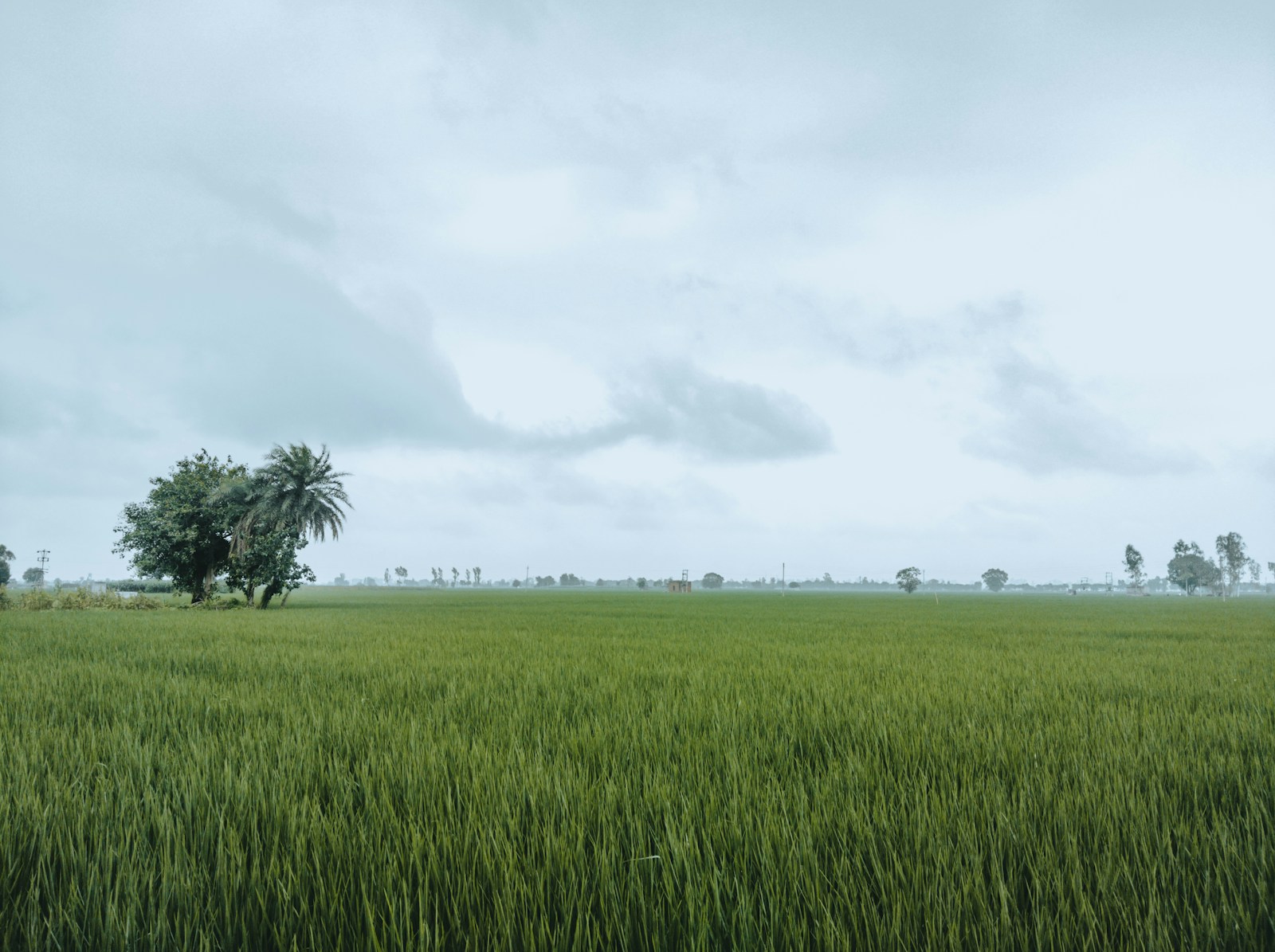Supreme Court Clarifies Singur Land Return: Industrial Units Cannot Claim Relief Reserved for Displaced Farmers

Introduction
In a decisive ruling on the long-standing Singur land acquisition dispute[1], the Supreme Court of India has clarified that industrial and commercial entities cannot seek restoration of acquired land under judicial directions originally framed to protect dispossessed farmers. Allowing the appeal filed by the State of West Bengal, the Court set aside the Calcutta High Court’s order that had directed the return of 28 bighas of land to M/s Santi Ceramics Pvt. Ltd., an industrial manufacturer whose land had been acquired for the Tata Motors’ Nano project.
Delivering this judgement, they emphasized that the relief granted in Kedar Nath Yadav v. State of West Bengal[2] where land was restored to cultivators was a socially remedial measure aimed at safeguarding vulnerable agricultural communities displaced by State acquisition. The Court observed that extending such benefits to industrial undertakings that had accepted compensation would distort the intent and purpose of the earlier ruling.
By reaffirming the limits of equitable relief, the judgment highlights that judicial compassion cannot override legal finality, and that remedies designed for the protection of the underprivileged cannot be repurposed for commercial gain.
Table of Contents
Background of the Case
The controversy traces back to the Singur Project, initiated in 2006 when the State of West Bengal acquired over 1000 acres of land in Hooghly District for Tata Motors’ proposed “Nano” car manufacturing plant. The acquisition included both agricultural and converted industrial lands, including a 28-bigha parcel owned by M/s Santi Ceramics Pvt. Ltd., which had established a manufacturing unit there in 2003 after obtaining due permission for industrial use.
When the acquisition notifications were issued under Sections 4 and 6 of the Land Acquisition Act, 1894, Santi Ceramics objected under Section 5-A, seeking exclusion of its operational factory. The objections were rejected, and an award of ₹14.54 crore was made ₹5.46 crore for the land and ₹9.08 crore for structures. The company accepted the compensation without protest, and possession was taken by the State, later handed to Tata Motors.
Following widespread protests by farmers and subsequent public interest litigation led by Kedar Nath Yadav, the Supreme Court in 2016 quashed the acquisition and directed that land be restored to “original landowners/cultivators” within twelve weeks. Taking cue from this ruling, Santi Ceramics also sought restoration of its land and factory structures, filing a writ petition before the Calcutta High Court in 2016.
The High Court allowed the petition, directing that possession of the land and all structures be restored to the company. The Division Bench upheld this decision, reasoning that the term “landowners/cultivators” in Kedar Nath Yadav included all persons whose land had been acquired, irrespective of its use. The State appealed to the Supreme Court.
Findings of the Supreme Court
The Supreme Court allowed the appeal, setting aside the High Court’s orders. It held that the remedy of restoration in Kedar Nath Yadav was a targeted relief meant for disadvantaged farmers and cultivators who had lost their only means of livelihood, not for industrial or commercial entities.
The Court’s key findings were:
- Scope of “landowners/cultivators”: The expression used in Kedar Nath Yadav referred to small farmers and agricultural workers forming the weakest sections of society. The Court noted that relief in that case was based on structural vulnerability, not ownership per se. Extending it to industrial houses would defeat its protective purpose.
- Distinction between public interest and private claims: The Court observed that the PIL in Kedar Nath Yadav was filed to protect poor cultivators, not corporate landowners. Industrial entities cannot use judicial outcomes obtained by others as “free riders” to reopen settled acquisitions.
- Delay and acquiescence: Santi Ceramics had not challenged the acquisition when it occurred in 2006, accepted the full compensation, and remained silent for a decade until after the Supreme Court’s 2016 judgment. Such conduct, the Court held, amounted to waiver and acquiescence, barring it from claiming parity with aggrieved farmers.
- Applicability of judicial orders: The Court clarified that when an acquisition is quashed on grounds personal to specific objectors, such orders operate in personam and cannot benefit those who were not parties to the original proceedings. Only when the entire process is declared void ab initio (operating in rem) can others claim benefit which was not the case here.
- Restoration not feasible after two decades: Nearly twenty years had passed since the acquisition, and the land had been redistributed among farmers after Kedar Nath Yadav. The Court held that restoration at this stage would be impractical and inequitable.
Court’s Directions
While dismissing the writ petition filed by Santi Ceramics, the Supreme Court granted limited relief regarding its factory structures and machinery. The Court directed that:
- The company may remove any remaining plant, machinery, or structures from the land within three months in the presence of district officials; or
- Request the State to auction the structures and receive the proceeds after deduction of auction expenses;
- The Land Acquisition Collector shall adjust compensation already paid after deducting the salvage value, but the State shall not recover any excess amount; and
- The State must demarcate and resume possession of the land within four months.
Legal Significance
This judgment marks a crucial clarification of the scope of equitable relief in land acquisition disputes. The Supreme Court has reaffirmed that judicial directions intended to protect vulnerable sections cannot be expanded to include commercial entities that consciously participated in and benefited from the acquisition process.
The ruling draws a sharp boundary between public welfare remedies and private commercial claims, thereby preserving the integrity of targeted social justice interventions. It also reinforces long-standing principles of waiver, estoppel, and finality in acquisition proceedings discouraging belated claims after acceptance of compensation.
Author’s View
This judgment serves as a critical reinforcement of judicial restraint and the principle of proportionality in equitable relief. The Supreme Court has masterfully balanced the compassion due to vulnerable citizens with the essential need for certainty and finality in land acquisition proceedings.
While Kedar Nath Yadav rightly symbolized restorative justice for dispossessed farmers and the weakest sections of society, this decision clarifies that industrial or corporate entities those with financial capacity and institutional sophistication cannot retroactively appropriate a remedy specifically designed for the disadvantaged. Granting such relief to M/S Santi Ceramics would have transformed a narrowly tailored protection into a general relief scheme, inviting opportunistic claims.
The ruling sends a clear, emphatic signal that the timely assertion of rights is essential. Judicial relief cannot be an afterthought once commercial decisions (such as accepting compensation and remaining passive) are made. Importantly, the Court’s nuanced approach ensures that while fairness prevails for those genuinely disadvantaged, the law does not enable passive opportunism disguised as equity, thereby upholding the fundamental principle that legal benefits flow from the active pursuit of remedies.For more details, write to us at: contact@indialaw.in
[1] 2025 INSC 1222
[2] AIR 2016 SC 4156
By entering the email address you agree to our Privacy Policy.



